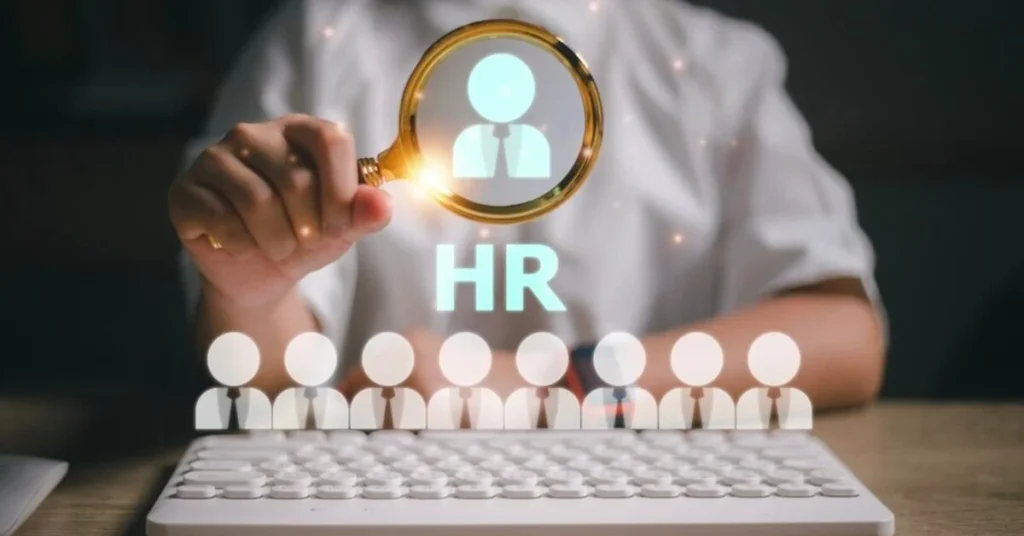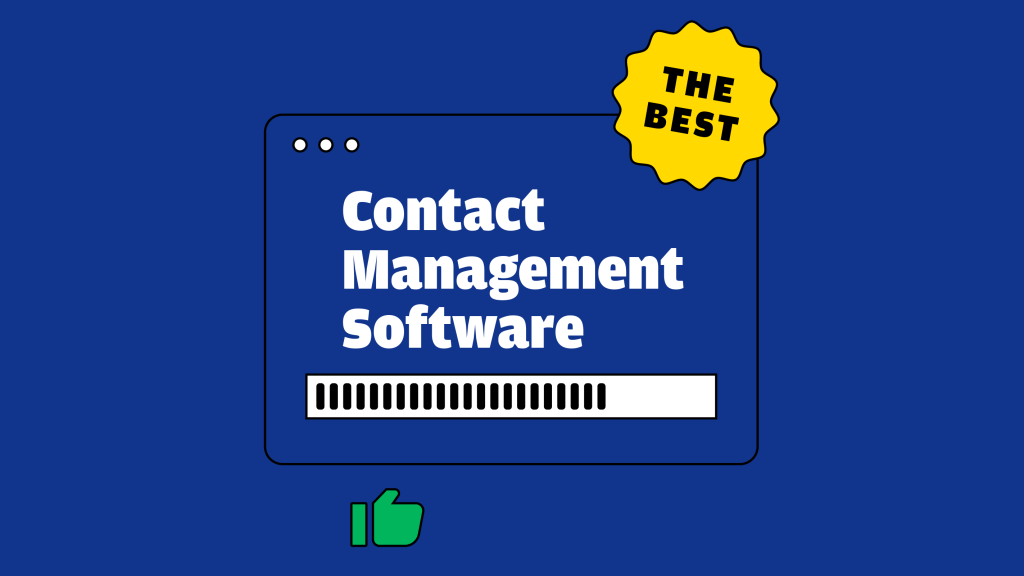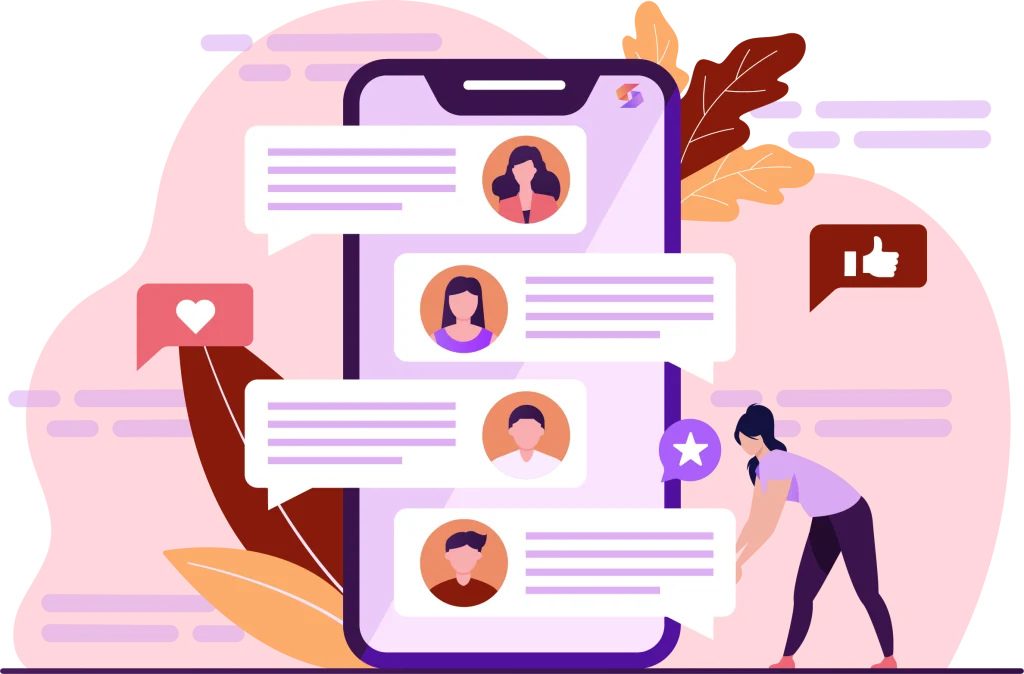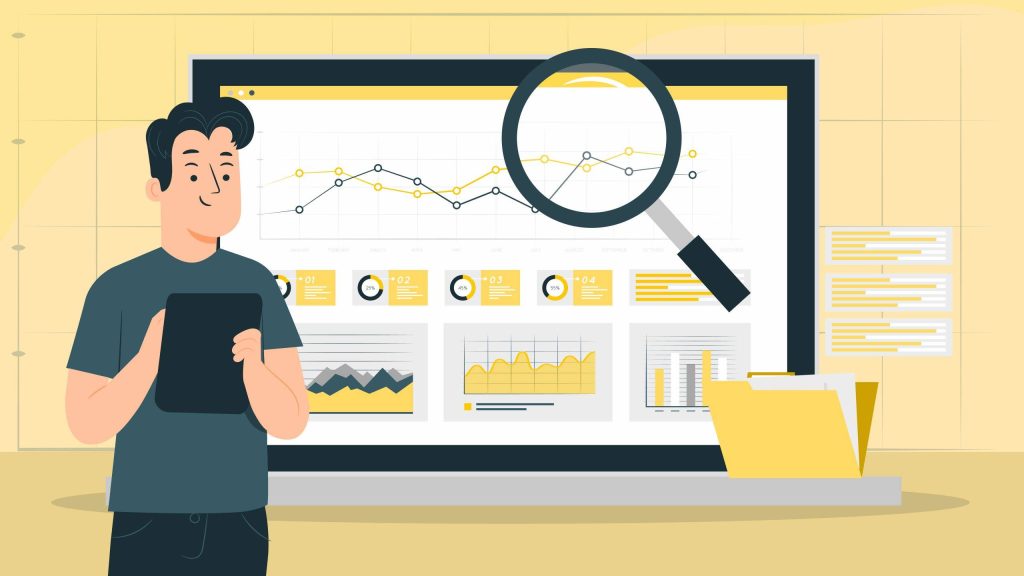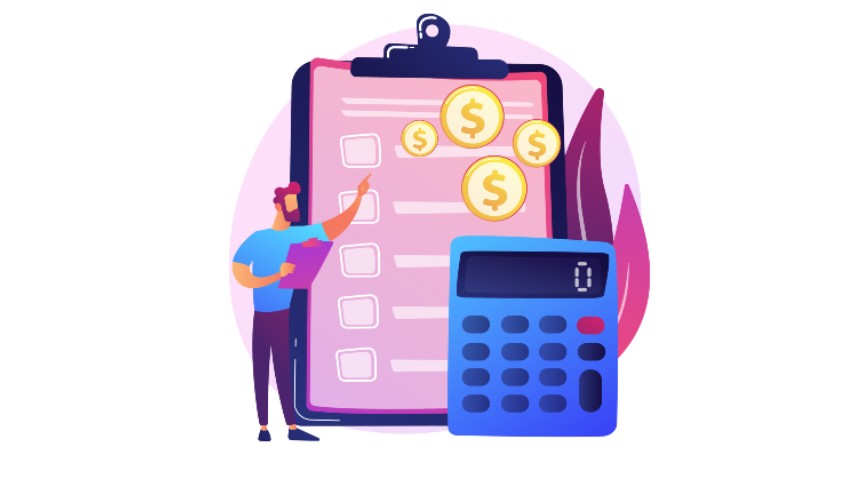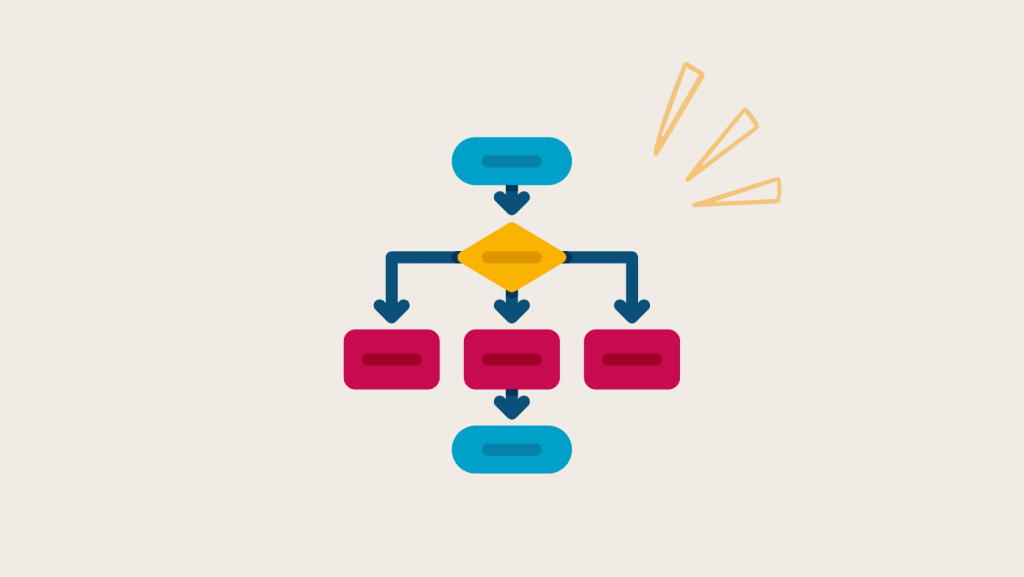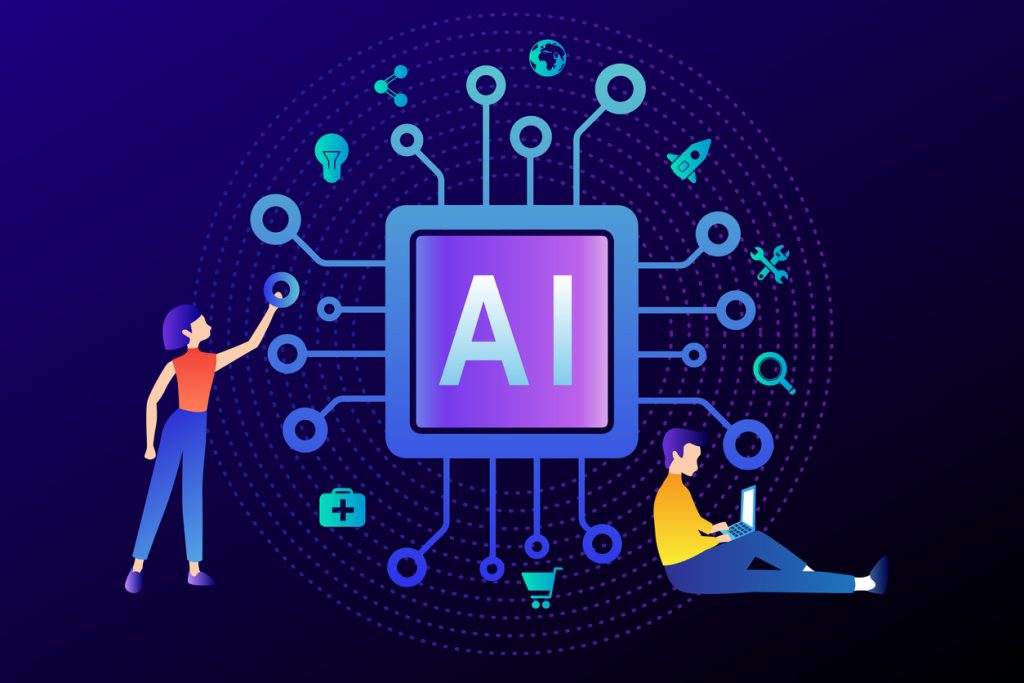In the contemporary business environment, the landscape of human resources (HR) practices undergoes constant evolution. Traditional methods reliant on manual paperwork and administrative duties have given way to a more dynamic approach. This transition is driven by the integration of technology, marking a significant departure from conventional practices. Today, HR professionals are at the forefront of modernizing HR practices, leveraging technology to streamline operations, boost productivity, and elevate the overall employee experience. This article delves into the changing dynamics of HR practices, highlighting the pivotal role of technology in reshaping traditional functions and driving organizational success in the digital age.
Brief Overview of HR Practices in the Modern Era
Traditional HR practices often involve cumbersome paperwork, manual data entry, and time-consuming processes. From recruitment and onboarding to performance management and employee engagement, HR professionals faced numerous challenges in managing these tasks efficiently. However, with the advent of technology, the HR landscape has undergone a significant transformation.
Importance of Technology in Shaping HR Functions
Technology revolutionizes HR with cutting-edge solutions. Cloud-based software, AI, and data analytics empower HR professionals, automating tasks and driving data-driven decisions. This digital transformation enhances process efficiency and enables organizations to excel in talent acquisition, retention, and development using project management tools.
Technology’s Pivotal Role in Revolutionizing HR Practices
The thesis of this article is clear: technology is the driving force behind the modernization of HR practices. From recruitment to retirement, technology-enabled solutions are reshaping every aspect of the employee lifecycle. By embracing digital transformation, organizations can unlock new opportunities for growth, innovation, and success in today’s competitive marketplace.

Evolution of HR Practices
Traditional HR Methods and Their Limitations
In the past, HR departments relied heavily on manual processes and paperwork to manage various aspects of the employee lifecycle. From recruitment and onboarding to performance management and payroll, every task involved extensive paperwork and administrative burden. This traditional approach had several limitations:
- Time-Consuming: Manual processes were time-consuming and often resulted in delays in completing tasks.
- Error-Prone: With manual data entry and processing, there was a higher risk of errors and inaccuracies.
- Limited Accessibility: Paper-based records were difficult to access and manage, especially for remote or distributed teams.
- Lack of Insights: Traditional methods provided limited insights into HR metrics and analytics, making it challenging for organizations to make informed decisions.
Need for Modernization in HR Processes
As businesses evolved and technology advanced, it became increasingly clear that traditional HR methods were no longer sustainable in today’s digital age. Organizations began recognizing the need for modernization in HR processes to address the following challenges:
- Competitive Advantage: In a competitive talent market, organizations need to adopt innovative HR practices to attract and retain top talent.
- Employee Expectations: Employees expected a seamless and technology-enabled experience throughout their journey with the organization, from recruitment to retirement.
- Efficiency and Productivity: Streamlining HR processes through automation and digitalization could significantly improve efficiency and productivity.
- Compliance and Security: With changing regulations and increasing concerns about data security, organizations need modern HR solutions to ensure compliance and protect employee data.
Introduction of Technology-Driven Solutions
To address these challenges, organizations began embracing technology-driven solutions to modernize HR practices. These solutions encompass a wide range of technologies, including:
- Human Resource Information Systems (HRIS): HRIS platforms automate and streamline various HR processes, including employee data management, payroll processing, and benefits administration. They provide a centralized database for storing employee information and enable self-service functionality for employees.
- Applicant Tracking Systems (ATS): ATS software automates the recruitment process by managing job postings, candidate sourcing, resume screening, and interview scheduling. It helps HR teams streamline hiring workflows, improve candidate experience, and make data-driven hiring decisions.
- Learning Management Systems (LMS): LMS platforms facilitate employee training and development by delivering online courses, tracking progress, and assessing learning outcomes. They enable organizations to offer flexible and personalized learning experiences to employees, enhancing their skills and knowledge.
- Performance Management Tools: Performance management software helps organizations set goals, track progress, and provide feedback to employees. It enables continuous performance monitoring, fosters regular communication between managers and employees, and facilitates data-driven performance evaluations.
- Employee Engagement Platforms: Employee engagement platforms enable organizations to measure and improve employee engagement, satisfaction, and retention. They provide tools for pulse surveys, feedback collection, recognition programs, and social collaboration, fostering a positive work culture and enhancing employee morale.
Streamlining Recruitment Processes
Recruitment is the backbone of any organization’s success, and technology has revolutionized this aspect of HR practices. In this section, we’ll explore how technology, particularly Applicant Tracking Systems (ATS), automated resume screening, candidate matching, and video interviewing platforms, has streamlined recruitment processes.
Applicant Tracking Systems (ATS) and Their Benefits
An Applicant Tracking System (ATS) is a software application that automates the recruitment process by managing job postings, candidate applications, and communication with applicants. Here are some of the key benefits of using ATS:
- Centralized Candidate Database: ATS stores all candidate information in a centralized database, making it easy for recruiters to access and manage candidate profiles.
- Improved Efficiency: ATS automates manual tasks such as resume parsing, application tracking, and candidate communication, saving recruiters time and effort.
- Enhanced Collaboration: ATS enables seamless collaboration between hiring managers, recruiters, and other stakeholders by providing a centralized platform for sharing feedback and evaluations.
- Compliance and Reporting: ATS helps ensure compliance with hiring regulations and provides reporting capabilities for tracking recruitment metrics and analyzing hiring trends.
- Candidate Experience: ATS enhances the candidate experience by providing a user-friendly application process, timely communication, and status updates on their application.
Automated Resume Screening and Candidate Matching
Automated resume screening is a feature of ATS that uses algorithms and keyword matching to filter and prioritize resumes based on predefined criteria. Here’s how it works and its benefits:
- Efficient Candidate Screening: Automated resume screening saves recruiters time by automatically filtering resumes based on specified keywords, skills, qualifications, and experience.
- Objective Evaluation: By using predefined criteria for screening, automated resume screening ensures a more objective and consistent evaluation of candidates, reducing bias in the recruitment process.
- Improved Quality of Hire: Automated resume screening helps identify top candidates more efficiently, resulting in better-quality hires and reduced time-to-fill positions.
- Scalability: Automated resume screening is scalable, allowing organizations to handle large volumes of applications without sacrificing quality or efficiency.
Video Interviewing Platforms for Remote Hiring
With the rise of remote work, video interviewing platforms have become essential tools for conducting virtual interviews. Here are the benefits of using video interviewing platforms:
- Cost and Time Savings: Video interviewing eliminates the need for travel, reducing costs associated with scheduling and conducting in-person interviews.
- Global Talent Pool: Video interviewing allows organizations to reach candidates from anywhere in the world, expanding the talent pool and increasing diversity in hiring.
- Flexible Scheduling: Video interviewing offers flexibility in scheduling interviews, making it easier to accommodate candidates’ availability across different time zones.
- Assessment and Collaboration: Video interviewing platforms often include features for assessing candidates, such as video recording, live chat, and collaborative feedback, facilitating informed hiring decisions.
- Candidate Experience: Video interviewing provides a convenient and accessible interview experience for candidates, allowing them to showcase their skills and personality from the comfort of their environment.
Enhancing Employee Onboarding
Employee onboarding is a critical process that sets the tone for an employee’s journey with an organization. With the advent of technology, traditional onboarding methods are being replaced by innovative solutions that enhance the employee experience and streamline the onboarding process. In this section, we’ll explore how technology is enhancing employee onboarding through virtual onboarding processes, e-learning platforms for training and development, and gamification in orientation programs.
Virtual Onboarding Processes
Virtual onboarding processes leverage technology to welcome and integrate new employees into the organization remotely. Here’s how virtual onboarding processes are enhancing the onboarding experience:
- Remote Accessibility: Virtual onboarding allows new hires to complete onboarding activities from anywhere, eliminating the need for in-person attendance.
- Digital Documentation: Virtual onboarding replaces paper-based forms with digital documentation, enabling new hires to complete paperwork online and sign documents electronically.
- Video Introductions: Virtual onboarding often includes video introductions from key stakeholders, such as managers, team members, and company executives, providing new hires with a warm welcome and sense of belonging.
- Online Training Modules: Virtual onboarding may include online training modules covering company policies, procedures, and culture, allowing new hires to learn at their own pace.
- Virtual Tours: Virtual onboarding may incorporate virtual tours of the workplace, showcasing office spaces, amenities, and facilities to help new hires familiarize themselves with their new environment.
E-learning Platforms for Training and Development
E-learning platforms have revolutionized training and development initiatives by providing flexible and accessible learning opportunities for employees. Here’s how e-learning platforms are enhancing employee onboarding:
- Self-Paced Learning: E-learning platforms offer self-paced learning modules that allow new hires to acquire knowledge and skills at their convenience.
- Interactive Content: E-learning platforms often include interactive content, such as videos, quizzes, and simulations, making learning engaging and effective.
- Personalized Learning Paths: E-learning platforms can tailor learning paths based on new hires’ roles, skill levels, and learning objectives, ensuring relevant and targeted training.
- On-Demand Access: E-learning platforms provide on-demand access to training materials, allowing new hires to revisit content as needed and reinforce their learning.
- Tracking and Reporting: E-learning platforms track new hires’ progress and performance, providing insights into their training completion rates and competency levels.
Gamification in Orientation Programs
Gamification involves incorporating game elements, such as points, badges, and leaderboards, into non-game contexts to engage and motivate participants. Here’s how gamification is enhancing orientation programs:
- Engagement and Motivation: Gamification makes orientation programs more engaging and enjoyable by incorporating elements of competition, challenge, and reward.
- Skill Development: Gamified orientation programs can help new hires develop essential skills and competencies through interactive challenges, quizzes, and activities.
- Social Interaction: Gamification encourages social interaction and collaboration among new hires, fostering a sense of community and teamwork.
- Feedback and Recognition: Gamified orientation programs provide instant feedback and recognition for achievements, reinforcing positive behaviors and motivating continued participation.
- Data and Analytics: Gamification platforms capture data on new hires’ performance and participation, providing insights into their engagement levels and progress.
Improving Employee Engagement and Communication
Effective communication and engagement are essential for fostering a positive work environment and driving employee satisfaction. In this section, we’ll explore how technology is improving employee engagement and communication through internal communication tools, employee feedback platforms, and social recognition platforms.
Internal Communication Tools for Seamless Collaboration
Internal communication tools leverage technology to facilitate seamless collaboration and communication among employees, regardless of their location or time zone. Here’s how these tools are enhancing internal communication:
- Instant Messaging: Internal communication tools often include instant messaging features that enable real-time communication between team members, departments, and project groups.
- Video Conferencing: With video conferencing capabilities, internal communication tools allow employees to conduct virtual meetings, presentations, and brainstorming sessions, fostering collaboration and teamwork.
- File Sharing and Document Collaboration: Internal communication tools provide secure file sharing and document collaboration features, allowing employees to share files, collaborate on documents, and track revisions in real time.
- Announcements and Updates: Internal communication tools enable HR departments to broadcast announcements, updates, and important information to all employees, ensuring everyone stays informed and engaged.
- Mobile Accessibility: Many internal communication tools offer mobile apps, allowing employees to access communication channels and collaborate on the go, even when they’re not in the office.
Employee Feedback Platforms for Continuous Improvement
Employee feedback platforms enable organizations to gather, analyze, and act on feedback from employees, fostering a culture of continuous improvement and employee engagement. Here’s how these platforms are improving employee feedback processes:
- Anonymous Feedback: Employee feedback platforms often allow employees to provide feedback anonymously, encouraging honest responses without fear of repercussions.
- Pulse Surveys: Employee feedback platforms offer pulse surveys that collect quick, frequent feedback from employees on various topics such as job satisfaction, work-life balance, and organizational culture.
- 360-Degree Feedback: Some employee feedback platforms facilitate 360-degree feedback, where employees receive feedback from multiple sources, including managers, peers, and direct reports, providing a comprehensive view of their performance.
- Actionable Insights: Employee feedback platforms analyze feedback data to identify trends, patterns, and areas for improvement, providing actionable insights for HR and leadership teams.
- Feedback Loops: Employee feedback platforms enable HR departments to close the feedback loop by communicating survey results, implementing changes based on feedback, and soliciting follow-up feedback to measure the effectiveness of interventions.
Social Recognition Platforms to Foster a Culture of Appreciation
Social recognition platforms leverage technology to facilitate peer-to-peer recognition, appreciation, and acknowledgment of employees’ contributions. Here’s how these platforms are fostering a culture of appreciation:
- Peer-to-Peer Recognition: Social recognition platforms allow employees to recognize and appreciate their colleagues’ efforts, achievements, and contributions publicly, fostering a positive and supportive work culture.
- Instant Recognition: Social recognition platforms enable real-time recognition, allowing employees to acknowledge each other’s achievements promptly and spontaneously.
- Customizable Recognition: Social recognition platforms allow organizations to customize recognition programs to align with their values, goals, and culture, ensuring recognition efforts resonate with employees.
- Gamification Elements: Some social recognition platforms incorporate gamification elements such as points, badges, and leaderboards to make recognition more engaging and fun.
- Visibility and Transparency: Social recognition platforms make recognition efforts visible to the entire organization, increasing visibility and transparency and reinforcing desired behaviors.
Data-Driven Decision Making
In today’s data-driven world, HR professionals are increasingly turning to technology to inform their decision-making processes. From HR analytics and predictive modeling to gaining insights into employee performance and retention, technology plays a crucial role in helping organizations make strategic HR decisions. Let’s delve into how technology enables data-driven decision-making in HR practices:
HR Analytics and Predictive Modeling
HR analytics involves the collection, analysis, and interpretation of data related to human capital to identify trends, patterns, and insights that can inform decision-making. Here’s how HR analytics and predictive modeling contribute to data-driven decision-making:
- Data Collection: HR analytics platforms collect data from various sources, including HRIS, ATS, performance management systems, and employee surveys, to provide a comprehensive view of workforce-related metrics.
- Data Analysis: HR analytics tools analyze large volumes of data to identify correlations, trends, and patterns, such as turnover rates, employee engagement levels, and performance metrics.
- Predictive Modeling: Predictive analytics models use historical data to forecast future outcomes, such as employee turnover, performance, and engagement. These models enable HR professionals to anticipate potential challenges and proactively address them.
- Workforce Planning: HR analytics facilitates workforce planning by helping organizations identify staffing needs, skill gaps, and talent requirements to support business objectives.
- Risk Management: HR analytics enables organizations to identify and mitigate risks related to talent management, such as turnover, succession planning, and compliance issues.
Insights into Employee Performance and Retention
Technology-driven solutions provide valuable insights into employee performance and retention, allowing organizations to optimize their talent management strategies. Here’s how technology enables organizations to gain insights into employee performance and retention:
- Performance Metrics: Performance management systems capture data on employee performance, including key performance indicators (KPIs), goals, and achievements. This data allows organizations to assess individual and team performance objectively.
- Real-Time Feedback: Technology-enabled feedback mechanisms, such as continuous performance feedback tools and 360-degree feedback platforms, provide real-time insights into employee performance, strengths, and areas for improvement.
- Retention Analysis: HR analytics tools analyze factors contributing to employee turnover, such as job satisfaction, compensation, career development opportunities, and work-life balance. By identifying drivers of turnover, organizations can implement targeted retention strategies to retain top talent.
- Exit Interviews: Technology facilitates the administration of exit interviews and surveys to departing employees, providing insights into reasons for turnover and areas for improvement within the organization.
- Employee Engagement: Technology-enabled employee engagement surveys measure employee satisfaction, engagement levels, and organizational culture. These insights help organizations identify opportunities to enhance employee engagement and improve retention rates.
Utilizing Data to Drive Strategic HR Initiatives
Data-driven decision-making enables HR professionals to align their strategies with organizational goals and objectives. Here’s how organizations can utilize data to drive strategic HR initiatives:
- Strategic Planning: HR analytics provides data-driven insights that inform strategic workforce planning and talent management initiatives, ensuring alignment with organizational objectives.
- Talent Acquisition: Data on workforce demographics, skills, and performance inform recruitment and selection strategies to attract and retain top talent.
- Learning and Development: Insights into employee skills gaps and training needs inform learning and development initiatives, ensuring that employees have the skills and competencies required to succeed in their roles.
- Performance Management: Data on employee performance and feedback inform performance management processes, including goal-setting, performance evaluations, and career development planning.
- Employee Engagement: Data on employee engagement and satisfaction drive initiatives to improve workplace culture, communication, and employee experience, ultimately enhancing retention and productivity.
Ensuring Compliance and Security
Compliance with regulations and safeguarding employee data are paramount concerns for HR departments. Technology plays a crucial role in ensuring compliance and enhancing data security. In this section, we’ll explore how Human Resource Information Systems (HRIS) facilitate data management, ensuring compliance with regulations such as GDPR, and implementing cybersecurity measures to safeguard employee data.
HRIS (Human Resource Information Systems) for Data Management
Human Resource Information Systems (HRIS) are software solutions that centralize and streamline HR processes, including data management, payroll, benefits administration, and compliance tracking. Here’s how HRIS facilitates data management:
- Centralized Data Repository: HRIS serves as a centralized database for storing and managing employee information, such as personal details, employment history, performance evaluations, and training records.
- Data Integration: HRIS integrates with various HR systems and applications, such as payroll software, time and attendance systems, and recruitment platforms, ensuring seamless data flow across different functions.
- Automation: HRIS automates routine HR tasks, such as data entry, reporting, and compliance tracking, reducing administrative burden and improving efficiency.
- Employee Self-Service: HRIS often includes self-service portals that allow employees to update personal information, access pay stubs, enroll in benefits, and submit time-off requests, empowering employees and reducing HR workload.
- Analytics and Reporting: HRIS provides analytics and reporting tools that enable HR professionals to analyze workforce data, identify trends, and generate insights for strategic decision-making.
Ensuring GDPR and Other Regulatory Compliance
In an increasingly regulated environment, HR departments must ensure compliance with data protection regulations, such as the General Data Protection Regulation (GDPR) in the European Union. Here’s how technology helps ensure GDPR and other regulatory compliance:
- Data Privacy Controls: HRIS includes built-in data privacy controls that enable organizations to restrict access to sensitive employee data and implement encryption measures to protect data integrity.
- Consent Management: HRIS facilitates consent management processes by allowing organizations to obtain and track employee consent for data processing activities, ensuring compliance with GDPR requirements.
- Data Retention Policies: HRIS enables organizations to define and enforce data retention policies, automatically archiving or deleting employee data based on predefined criteria to comply with regulatory requirements.
- Audit Trails: HRIS maintains audit trails that track changes to employee data, providing transparency and accountability in data processing activities, which is essential for GDPR compliance.
- Compliance Reporting: HRIS generates compliance reports and documentation, such as data processing agreements, privacy notices, and data breach notifications, to demonstrate adherence to regulatory requirements.
Cybersecurity Measures to Safeguard Employee Data
Cybersecurity is a top priority for HR departments, given the sensitive nature of employee data. Here’s how technology helps safeguard employee data against cyber threats:
- Access Controls: HRIS implements access controls and role-based permissions to limit access to employee data only to authorized personnel, reducing the risk of unauthorized access or data breaches.
- Encryption: HRIS employs encryption techniques to secure data both at rest and in transit, ensuring that employee data remains protected from unauthorized interception or tampering.
- Firewalls and Intrusion Detection Systems (IDS): HRIS systems are protected by firewalls and IDS systems that monitor network traffic for suspicious activity and block unauthorized access attempts.
- Regular Security Updates: HRIS vendors release regular security updates and patches to address vulnerabilities and protect against emerging threats, ensuring the integrity and security of employee data.
- Employee Training: HR departments provide employee training on cybersecurity best practices, such as password hygiene, phishing awareness, and data protection policies, to mitigate the risk of insider threats and human error.
Future Trends and Innovations
As technology continues to evolve at a rapid pace, HR practices are also undergoing significant transformations. In this section, we’ll explore some of the future trends and innovations in HR technology that are reshaping the way organizations manage their human capital.
AI and Machine Learning in HR Processes
Artificial Intelligence (AI) and Machine Learning (ML) are revolutionizing HR processes by automating routine tasks, enhancing decision-making, and personalizing employee experiences. Here’s how AI and ML are transforming HR practices:
- Recruitment and Candidate Matching: AI-powered Applicant Tracking Systems (ATS) and candidate matching algorithms analyze resumes, assess candidate fit, and recommend top candidates based on predefined criteria.
- Predictive Analytics: AI and ML algorithms analyze historical data to predict future workforce trends, such as employee turnover, performance, and engagement, enabling organizations to make proactive decisions.
- Personalized Learning: AI-driven learning platforms deliver personalized learning experiences by recommending relevant courses, modules, and content based on employees’ skills, preferences, and learning styles.
- Employee Engagement: AI-powered chatbots and sentiment analysis tools monitor employee feedback, identify trends, and provide real-time insights to HR teams, enabling them to address concerns and improve employee engagement.
- Performance Management: AI-driven performance management systems analyze performance data, provide actionable insights, and recommend strategies for improving individual and team performance.
Remote Work Technologies and Their Impact on HR Practices
The rise of remote work has accelerated the adoption of technology-enabled solutions for virtual collaboration, communication, and productivity. Here’s how remote work technologies are impacting HR practices:
- Virtual Collaboration Tools: Remote work technologies, such as video conferencing, instant messaging, and project management platforms, facilitate seamless collaboration among remote teams, enabling HR professionals to conduct virtual meetings, training sessions, and team-building activities.
- Remote Onboarding: HR teams are leveraging virtual onboarding platforms to welcome and integrate remote employees, providing them with the necessary resources, training, and support to succeed in their roles.
- Flexible Work Policies: Remote work technologies enable organizations to implement flexible work policies, such as telecommuting, flexible hours, and distributed teams, to accommodate employees’ diverse needs and preferences.
- Employee Well-being: Remote work technologies include tools for monitoring employee well-being, such as wellness apps, mental health resources, and virtual wellness programs, to support employees’ physical and mental health while working remotely.
- Performance Tracking: Remote work technologies track employee productivity, time spent on tasks, and deliverables, enabling HR teams to assess performance, provide feedback, and identify opportunities for improvement.
Predictions for the Future of HR Technology
Looking ahead, the future of HR technology promises even greater advancements in automation, personalization, and agility. Here are some predictions for the future of HR technology:
- AI-Powered HR Assistants: AI-powered virtual HR assistants will become commonplace, providing personalized support to employees for tasks such as benefits enrollment, time off requests, and career development.
- Augmented Reality (AR) in Training: AR technology will revolutionize employee training by providing immersive, interactive learning experiences that simulate real-world scenarios and environments.
- Blockchain for HR Data Management: Blockchain technology will enhance HR data security and integrity by providing a decentralized and tamper-proof system for managing employee records, credentials, and transactions.
- Predictive Workforce Planning: Predictive analytics models will enable organizations to forecast future workforce needs, identify skill gaps, and develop strategic workforce plans to support business objectives.
- Virtual Reality (VR) for Recruitment: VR technology will transform the recruitment process by offering virtual job simulations and immersive experiences that enable candidates to experience the company culture and work environment firsthand.
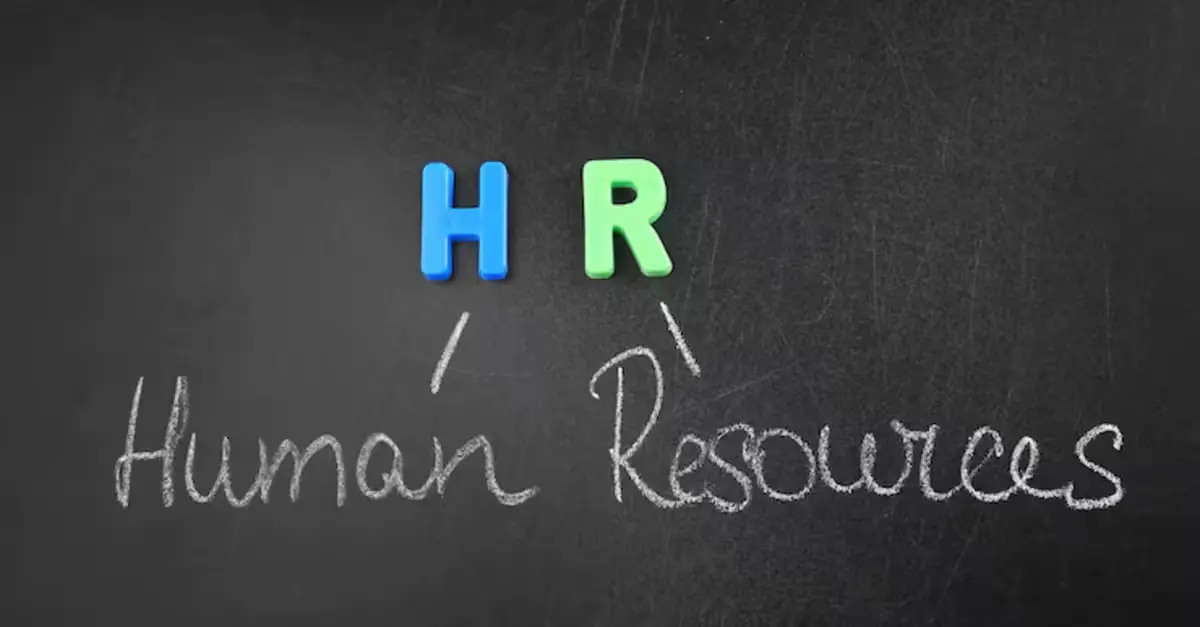
Conclusion
In conclusion, technology is playing a pivotal role in modernizing HR practices and shaping the future of work. From AI and machine learning to remote work technologies and emerging innovations, HR professionals have an array of tools and solutions at their disposal to attract, engage, and retain top talent in today’s digital age. By embracing these advancements and staying ahead of the curve, organizations can position themselves for success in the ever-evolving landscape of HR technology.

